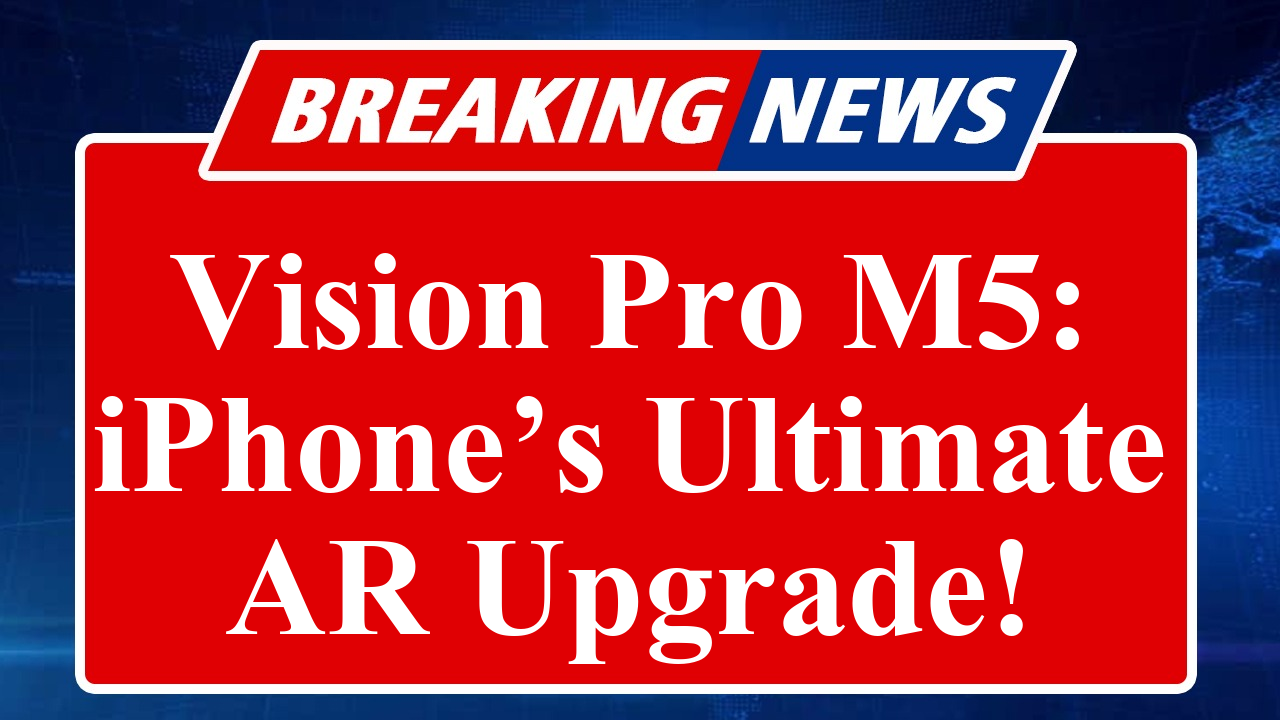Apple is poised to launch the Vision Pro with an M5 chip in 2025, enhancing iPhone integration and mixed-reality experiences. Expected to begin mass production in Q3 2025, this upgraded headset will retain its core design but offer superior performance, targeting iPhone users with seamless connectivity and advanced Apple Intelligence features.
Apple’s Vision Pro M5: Redefining Mixed Reality for iPhone Users
Apple is gearing up to release an upgraded Vision Pro headset powered by the M5 chip in 2025, a move that promises to deepen the integration with iPhone ecosystems and elevate mixed-reality experiences. According to analyst Ming-Chi Kuo, mass production is slated to begin in the third quarter of 2025, with projected shipments of 150,000 to 200,000 units by year-end. The headset will maintain the same design and specifications as its M2-powered predecessor, with the M5 chip being the primary upgrade, delivering enhanced performance and support for Apple Intelligence features.
This refresh positions the Vision Pro as a niche yet pivotal product in Apple’s lineup, aimed at maintaining its foothold in the mixed-reality market while fostering ecosystem development. The M5 chip, expected to power other 2025 devices like the MacBook Pro and iPad Pro, will bring faster processing and improved efficiency, making the Vision Pro more responsive for tasks like spatial computing and immersive media consumption. For iPhone users, this means tighter integration, with features like seamless content mirroring and enhanced spatial audio, potentially transforming how they interact with their devices.
The Vision Pro’s compatibility with iPhones is expected to leverage visionOS 26, unveiled at WWDC 2025, which introduces spatial widgets, enhanced Personas, and support for 360° immersive video. These features allow iPhone users to personalize their mixed-reality environment, syncing settings like hand tracking and vision prescriptions directly from their phones. This synergy could make the Vision Pro a compelling extension of the iPhone experience, particularly for professionals and creatives who rely on Apple’s ecosystem for productivity and entertainment.
Unlike the rumored Vision Air, which is set for 2027 and will use an iPhone-grade processor for a lighter, more affordable design, the M5 Vision Pro will retain its premium Mac-grade chip architecture. This ensures robust performance for demanding applications, such as gaming with PlayStation VR2 controllers and workplace collaborations via team device-sharing features. However, the high price point—currently $3,499 for the M2 model—may continue to limit its appeal to a niche audience, even with the M5 upgrade.
Apple’s broader roadmap includes Ray-Ban-style smart glasses by 2027 and a second-generation Vision Pro by 2028, signaling a long-term commitment to head-mounted devices as the next frontier in consumer electronics. For now, the M5 Vision Pro is poised to be a significant step forward, particularly for iPhone users seeking a premium mixed-reality experience. The device’s ability to integrate seamlessly with iPhones, coupled with Apple Intelligence advancements, could redefine how users engage with augmented and virtual reality in 2025.
Disclaimer: This article is based on reports, leaks, and analyst insights from sources like Ming-Chi Kuo and industry publications. Information is subject to change as Apple has not officially confirmed details. Readers are advised to verify updates from official Apple announcements.

